
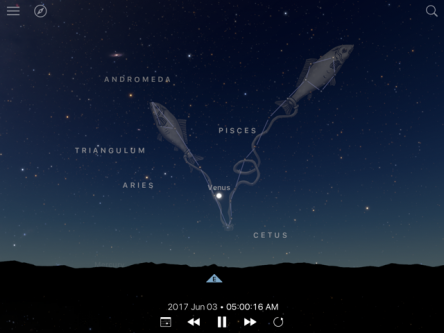
• June 3 – Morning Sky: Venus is at its greatest elongation, 46 degrees west of the Sun, low in the eastern dawn sky. In astronomy, a planet’s “elongation” refers to the angular separation upon the sky between the Sun and the planet. Venus is never more than 47 degrees away from the Sun upon our sky.
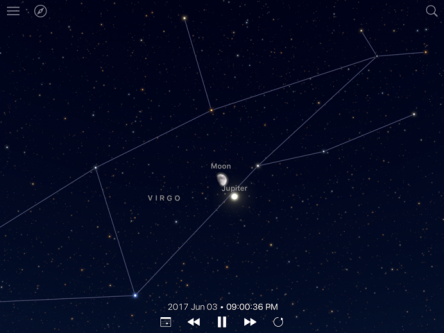
• June 3 – Evening Sky: The waxing gibbous moon is less than 2 degrees above the planet Jupiter. Such alignments in our sky are called “conjunctions” and this one between the moon and Jupiter is the closest the two will be all month.
• June 8 – The moon is at apogee, its furthest distance from Earth, at 252,526 miles distant, at 5:21 PM CDT
• June 9 – Full Moon officially occurs at 8:10 AM CDT. Because the moon is so distant this evening it will also be a “mini-moon”, the smallest full moon of the year. There is no special significance to this, and, like a “supermoon”, you will not be able to register the difference in angular size with you eye. Still, it is interesting to ponder as you gaze at tonight’s full moon.
• June 15 – Saturn is at opposition (the planet lies opposite the Sun in our sky). This is the best time to see Saturn through a telescope! It will be very bright at a magnitude of 0.0. Look for it to rise in the southeast at sunset, climb high into the sky by midnight, and set in the west at sunrise.
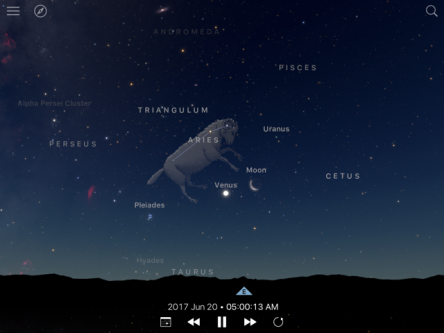
• June 20 – The waning crescent moon is just a few degrees away from Venus in or morning sky.
• June 21 – The Summer Solstice officially occurs at 11:24 PM CDT, at this time the Sun is directly overhead at the Tropic of Cancer, 23.5 degrees north latitude, for an observer here on Earth (on the Winter Solstice the Sun appears directly overhead at the Tropic of Capricorn, 23.5 degrees south latitude). This is the first day of the northern hemisphere summer.
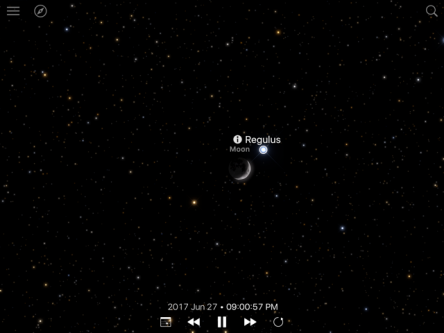
• June 23 – The moon is at perigee, it’s closest distance in its orbit to Earth) at 5:52 AM, with a distance of 222,412 miles. The moon officially enters New Moon phase at 9:31 PM CDT.
• June 27 – The waxing crescent moon is less than 1 degree from Regulus, the alpha star in Leo and the 21st brightest star in our night sky. The star appears quite often in science fiction and has been used in TV shows such as Star Trek TOS, Star Trek: The Next Generation, and Babylon 5. J.K. Rowling, Harry Potter author, used the star in the name “Regulus Black”, the brother of Sirius Black . Sirius’ first name is taken from the brightest star in our night sky and is the alpha star in the constellation of Canis Major. Sirius also happens to be Harry’s godfather.
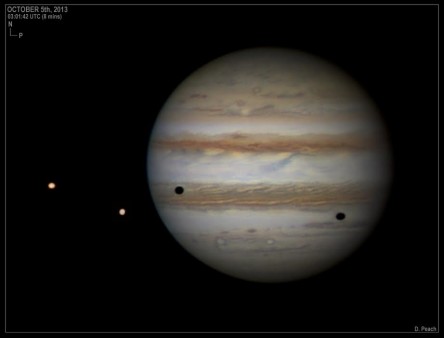
• June 30 – Tonight’s first quarter moon is less than 3 degrees to the west of Jupiter.